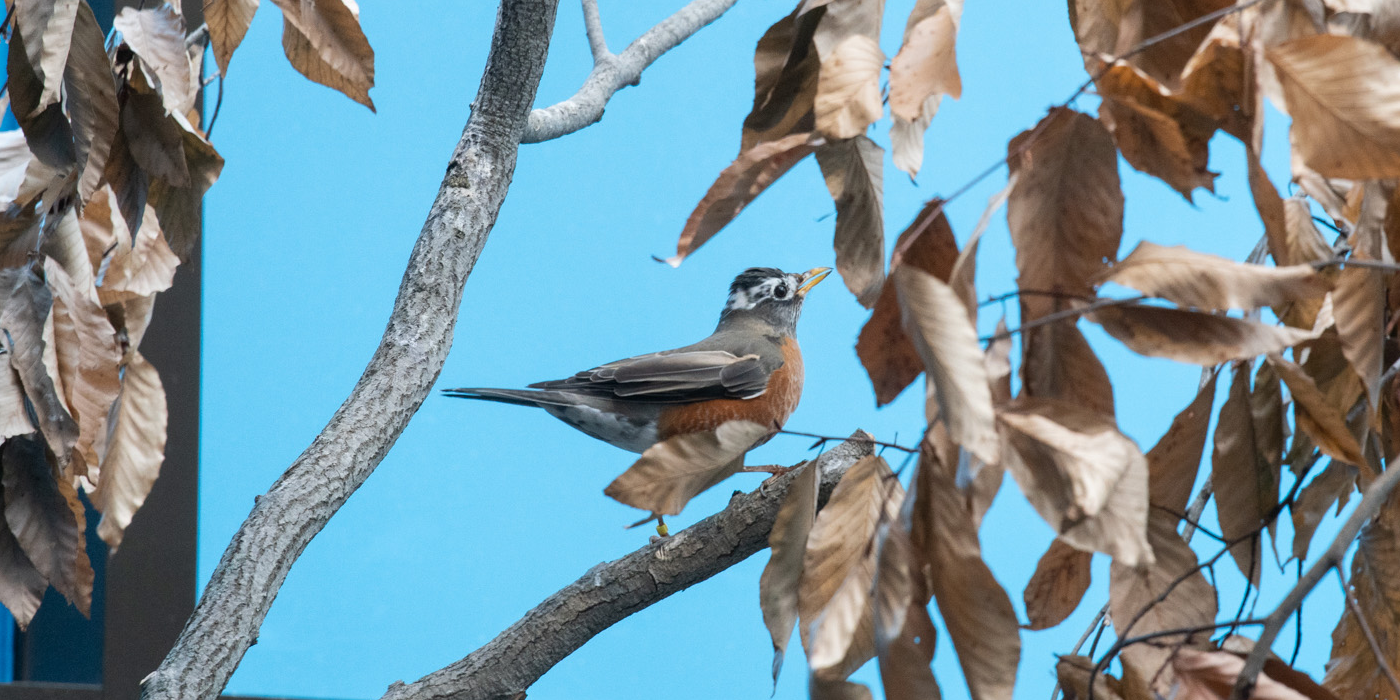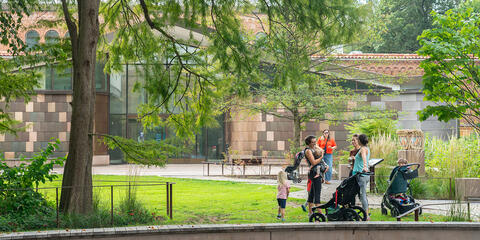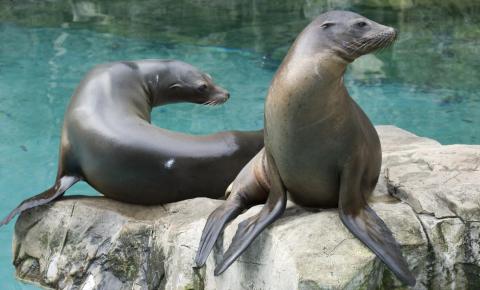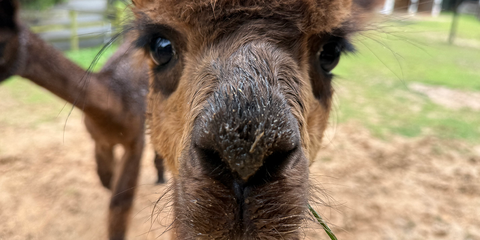Physical Description
Robins are medium-sized birds with large bellies, long legs and medium-length tails. Adults have dark gray or black heads, gray backs and wings, and bright reddish-brown undersides with a white patch under the tail. Males and females have similar coloration, but females tend to have paler coloration on their heads.
There are some differences in color based on where the robins live. Robins in eastern North America tend to have more vivid coloration compared to their western cousins.
Size
Adults are between 7.9-11 inches (20-28 centimeters) long, and have a wingspan that ranges from 12.2-15.8 inches (31-40 centimeters) in length. They weigh 2.7-3 ounces (77-85 grams), about the same weight as three AA batteries.
Native Habitat
Robins live in forest edges, swampy areas, open clearings, pastures and farmland. They are also extremely common in human-dominated areas, like parks, gardens, backyards and urban areas.
Some populations breed in the northern United States and Canada and fly south for the winter to the southern U.S., Mexico, and Central America. However, many populations live in colder areas year-round, traveling based on wherever they can find food.
Lifespan
American robins can live up to 13 years, but typically one to two years in the wild.
Communication
Male robins are known for their clear, musical whistling song, which is a series of notes that sounds like “cheery cheer up cheery cheer up cheer up.” They use this song to establish their territory and attract potential mates. Robins also have a series of short vocalizations that they use to communicate with each other and alert other robins when a threat is nearby.
Food/Eating Habits
They are often seen early in the morning during spring and summer, running and hopping over lawns and pastures in search of earthworms and insects to eat. In the winter, robins mostly eat fruits and berries. In some areas, robins change their diets based on the time of day; they eat worms and insects in the morning and switch over to fruit in the afternoon.
Social Structure
Robins pair up during the breeding season, with males and females working together to raise their young. Parents will aggressively defend their nest from perceived threats, emitting a warning call to alert other robins that a potential predator is nearby.
Depending on where they live, many local populations of American robins will migrate south in the fall, gathering in huge flocks to make the journey to warmer winter climates. However, it is not uncommon for robins to inhabit colder areas year-round, hunkering down in their nests during the winter months and emerging just before springtime.
Reproduction and Development
Robins usually raise two to three broods per season, with each clutch containing three to five eggs, which are a light "robin's egg" blue in color. A new nest is usually built for each brood. Nests are typically cup-shaped and made from dead grasses and twigs, although in human-populated areas they can include bits of trash like string and newspapers.
Females incubate the eggs, which hatch after about 12-14 days. Both parents take turns feeding worms and small insects to the babies. The hatchlings are ready to fledge, or attempt to fly for the first time, after nine to 16 days’ worth of care. They become capable fliers after about two more weeks, at which point they are ready to strike out on their own.
Conservation Efforts
Robins are among the most abundant birds in the Americas, and are not considered threatened. However, some local populations may be vulnerable to predation from other animals, habitat loss and degradation, and collisions with man-made objects.
Help this Species
- Be a smart consumer. Choose products made with sustainable ingredients, such as Smithsonian certified Bird Friendly coffees, which support farmers striving to limit their impact on wildlife and habitat.
- Be a responsible cat owner, and keep cats indoors or under restraint when outside. Never release animals that have been kept as pets into the wild.
- Conservation starts with you! Join a citizen science project, such as FrogWatch or Neighborhood Nestwatch, where you can help collect valuable data for scientists. Encourage your friends and family to get involved too.
- Try fundraising for conservation organizations in new and fun ways. You could donate your birthday to conservation, host a bakesale to benefit wildlife or Adopt a Species!
- Plant native flowers in your garden to help feed resident and migrating pollinators. You'll make your lawn beautiful and help wildlife at the same time!




